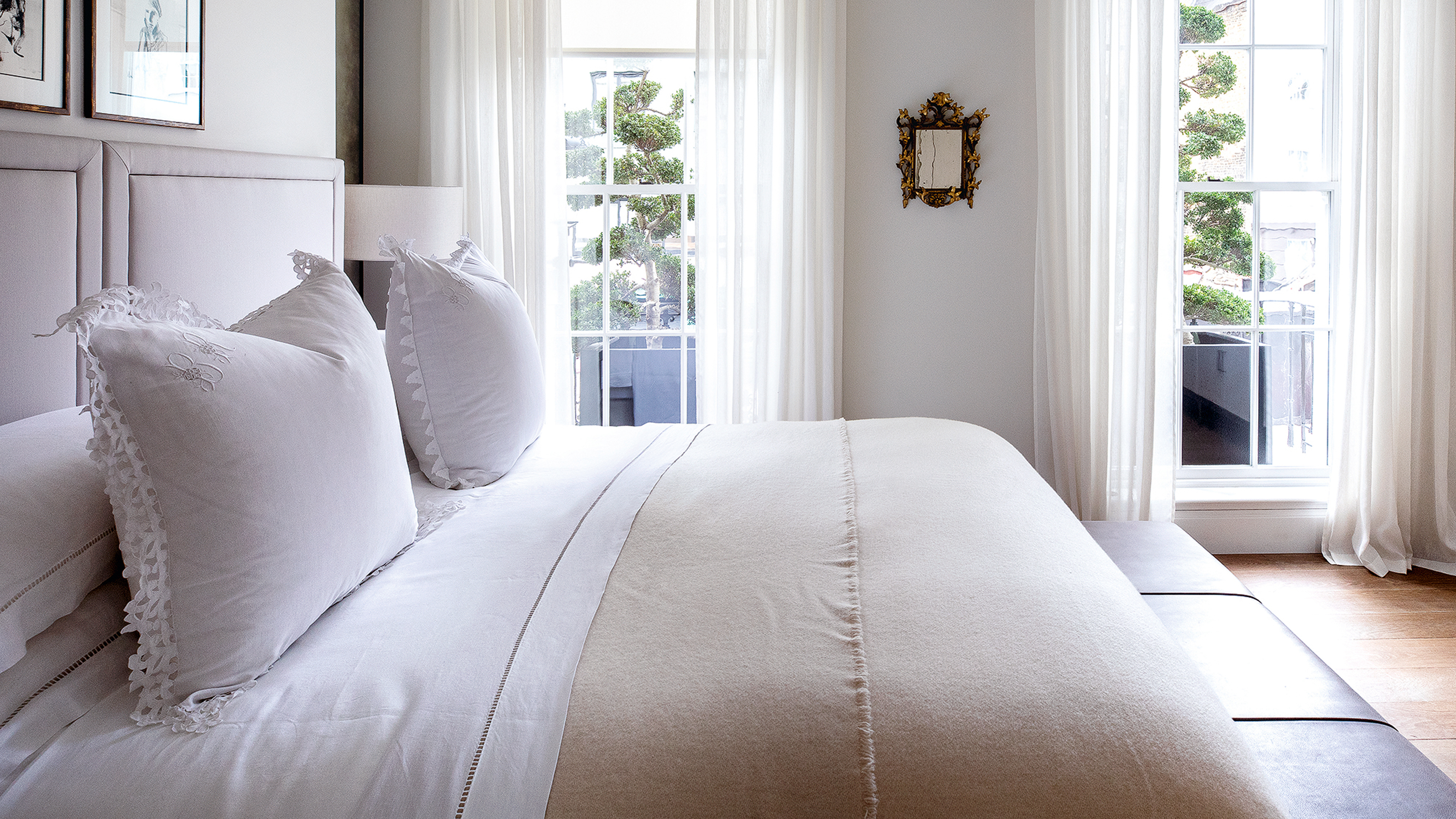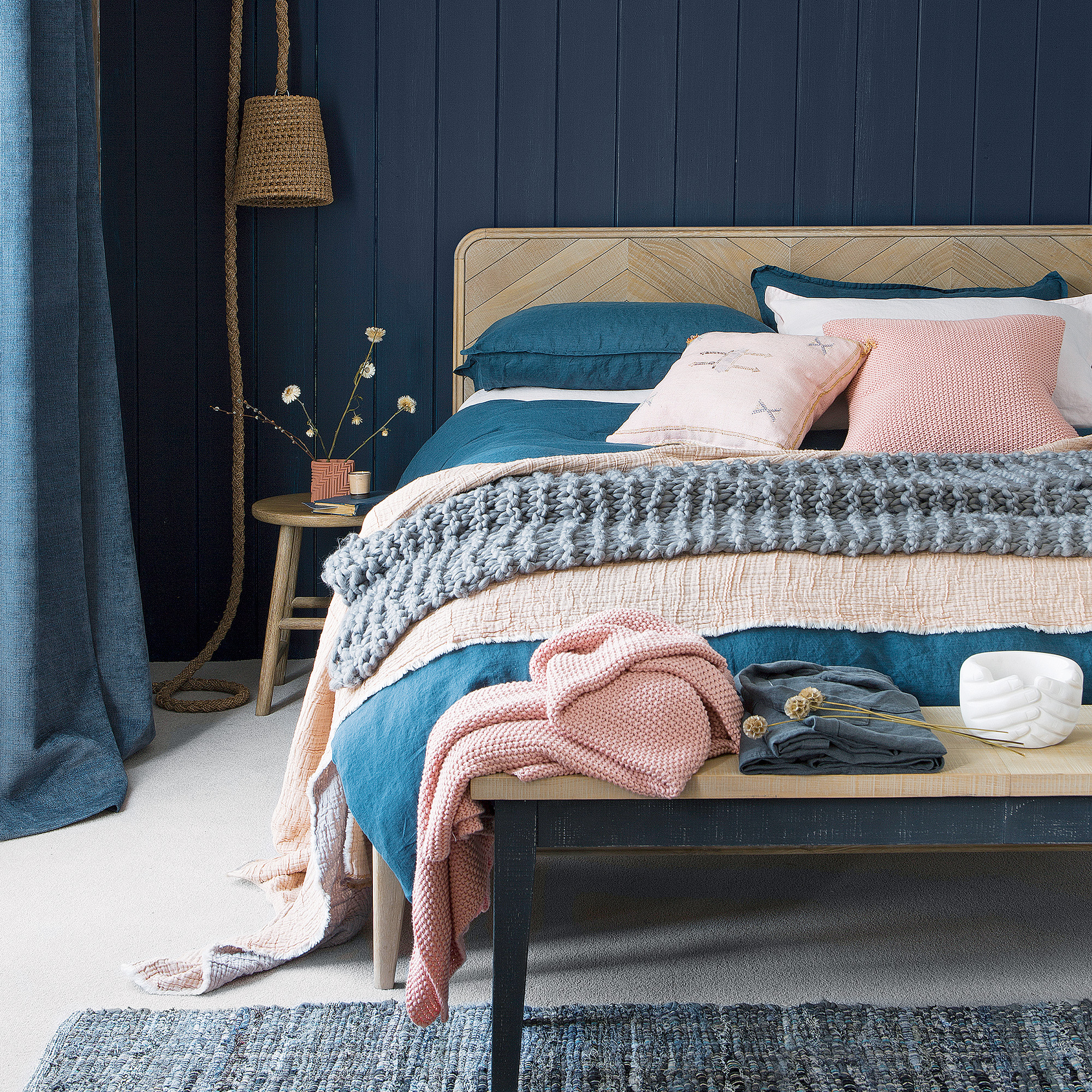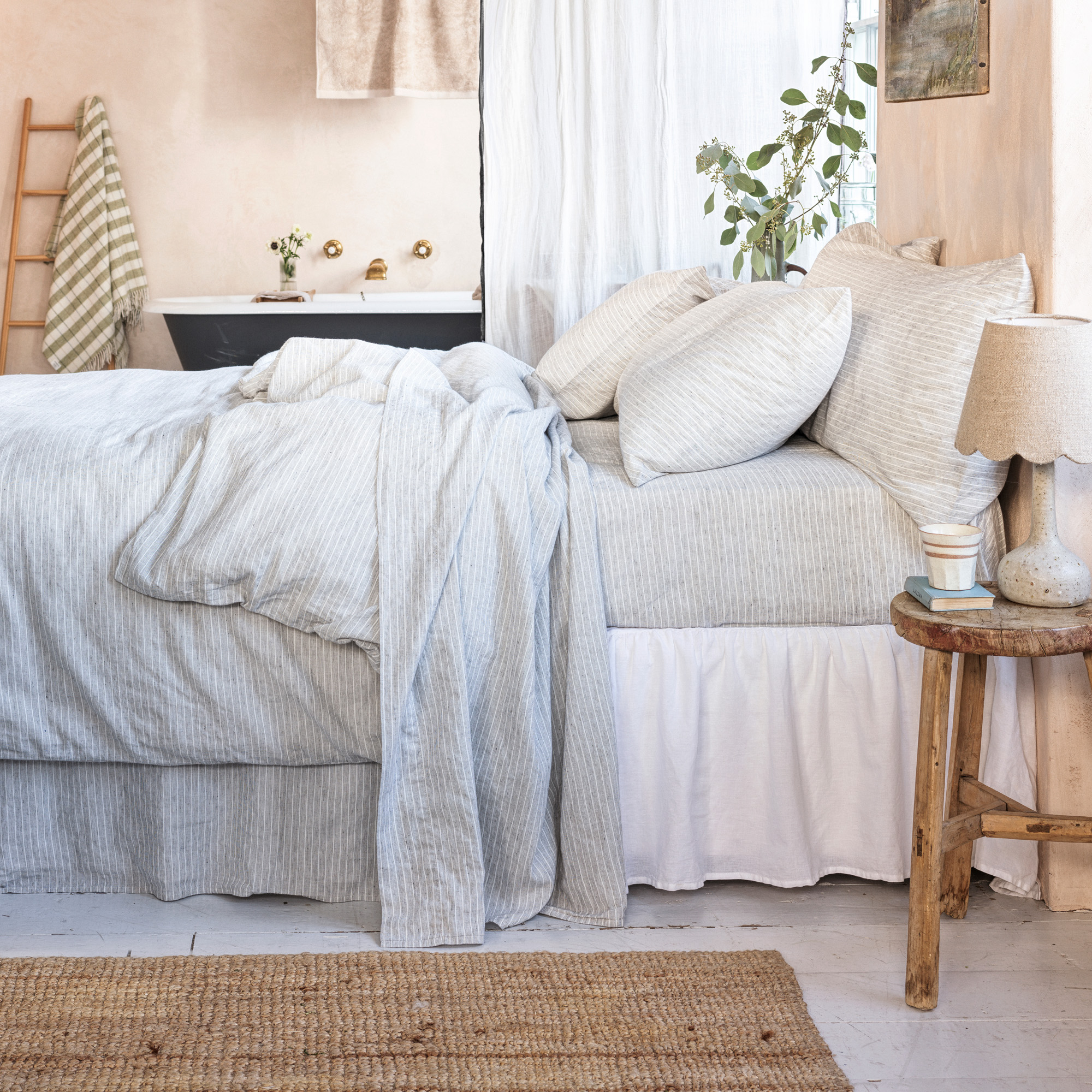Is mattress responsiveness affecting your sleep? Experts explain all you need to know
What is mattress responsiveness and why is it important? Sleep experts explain all


There’s quite a lot of jargon around mattresses, and if you’re trying to buy a new mattress all of the terms might have you in a bit of a spin.
But fear not, this guide will walk you through one of the most common terms and explain what mattress responsiveness means.
As a sleep-product reviewer, I’ve tested well over twenty mattresses in my mission to find the best mattress on the market, and when it comes to how we test mattresses, responsiveness is one of the key criteria. That's because it massively impacts how comfortable a mattress is.
Along with my own expertise, I've spoken to industry insiders and sleep experts to break down everything you need to know about mattress responsiveness, from what it is to how it could be affecting your sleep.

What is mattress responsiveness?
Put simply, mattress responsiveness means how the surface of the mattress responds to your body, in particular, how it responds when you change position in bed.
‘Mattress responsiveness is your mattress’ ability to adjust to pressure and movement and how it bounces back into its original shape,’ explains Chris Tattersall, sleep expert and managing director at mattress manufacturer Woolroom.
'A responsive mattress will usually have a firmer surface with a good amount of bounce' explains Amy Lockwood, Ideal Home's Sleep Editor. 'This type of mattress is good for active sleepers who change position frequently during the night, or for anyone who has mobility issues that make it harder to turn over'.
'In contrast, an unresponsive mattress tends to be one that the body sinks into. This makes it harder to turn over easily'.
How does mattress responsiveness affect your sleep?
Mattress responsiveness can affect your sleep in a range of ways. If you're an active sleeper who moves a lot in your sleep and you find yourself waking up when you turn over, it could be because the mattress you’re sleeping on is not very responsive so it's enough of a struggle to turn over that it wakes you.
‘Responsiveness affects your body’s movement and support as you sleep, so you want to make sure you choose the mattress that suits your needs,’ says Chris from Woolroom.
‘Low responsiveness mattresses may feel comfortable at first' says Chris, (that's because they're usually very cushioned) 'but you could find your sleep disrupted by feeling stuck or restricted, especially if you move a lot during the night. Mattresses with a higher responsiveness will allow you to move more easily and will offer steady spinal support.’
'Some people find a mattress that's unresponsive to feel quite 'dead' to sleep on' says Ideal Home's Amy. 'In contrast, a responsive mattress with some spring to it can (literally) help us to bounce out of bed in the morning'.

What type of mattresses are the most responsive?
Wondering what type of mattresses are the most responsive? ‘Pocket spring mattresses are one of the most responsive mattress types' says Chris from Woolroom. 'The multiple springs work independently from one another, allowing the bed to adapt and quickly spring back from any movements you make as you sleep'.
‘Micro pocket springs offer pinpoint, tailored support; responding to the unique curves of your body' agrees Adam Black, co-founder of mattress brand Button & Sprung. ‘The more micro springs in a mattress then the more responsive it will be. We recommend a high spring count for larger, heavier body types to ensure maximum responsiveness.’
'A hybrid mattress with a latex top layer will have great responsivity' adds Amy Lockwood. 'Like memory foam, latex is cushioning, but unlike memory foam, it still has loads of bounce and doesn't cocoon the body in the same way, so it's much easier to turn over on'.
What type of mattresses are the least responsive?
In contrast, memory foam mattresses and all-foam mattresses are usually the least responsive.
‘Whereas pocket springs quickly contour to your body shape and weight and then keep you supported when you are in bed, memory foam heats up throughout the night and moulds to you' explains Adam from Button & Sprung. 'This can lead to a feeling of sinking into the mattress rather than being gently supported. It just doesn’t respond, lift, or bounce back like springs.’
‘Traditional foam is one of the least responsive mattress materials,’ agrees Tommy-Joe Reardon, head of marketing at sleep brand Panda London. ‘This foam tends to be slower to get back to its original shape when pressure is removed, this can cause the upside-down turtle effect where you find it difficult to get out of the bed due to the lack of support.’
However, if you love the cocooning comfort of memory foam but you're also an active sleeper, all is not lost. You could opt for a hybrid mattress that combines a top layer of memory foam with springs underneath.
‘Hybrid mattresses... combine the comfort of memory foam and the support from full-size pocket springs, which are ultra-responsive,’ explains Tommy-Joe from Panda London.

How can you test a mattress responsiveness in-store?
If you’re testing a mattress in-store, responsivity is a good thing to check. Just lie on the mattress in your usual sleeping position as you would at home, but make sure to stay there for a good few minutes. Then turn over to see how easy you find changing position.
‘To effectively assess a mattress's responsiveness, get comfortable in your usual sleeping position and observe both its comfort and responsiveness,’ agrees Tommy-Joe from Panda London. ‘When you stand up, notice how quickly it bounces back; this will indicate how responsive the mattress is.’
Not all of us have access to a mattress showroom nearby though. In this case, it's well worth looking for retailers that offer a mattress sleep trial. Terms and conditions will apply, but a sleep trial usually allows you to try the mattress at home and return it within a certain timeframe if you’re not happy with its responsiveness.
How can you make an existing mattress more responsive?
If you’re finding your mattress isn’t really cutting the mustard in terms of responsiveness – maybe you’re waking up every time you want to shift positions – then there are a few things you can do, like adding one of the best mattress toppers to your bed.
‘If you want your existing mattress to be more responsive, consider adding a topper made of more responsive materials' says Tommy-Joe from Panda London. ‘A topper is a great way to enhance an existing mattress without splashing out on a whole new set-up.’
You could also look for a more supportive base for your mattress. Sprung divan bed bases add extra bounce and will help your mattress feel more responsive.
Get the Ideal Home Newsletter
Sign up to our newsletter for style and decor inspiration, house makeovers, project advice and more.

Zoe is a freelance journalist and content strategist. Her career has traversed kids' publishing, women's lifestyle magazines, luxury property and content marketing. She's worked for the BBC, STYLIST, Marie Claire, heat, Wallpaper*, InStyle, The Sunday Times Style, Ocado, Christie's and more. She now regularly writes about interiors and sleep for a range of media – what she doesn't know about mattresses isn't worth knowing.
You must confirm your public display name before commenting
Please logout and then login again, you will then be prompted to enter your display name.
-
 How to remove algae from garden walls in five steps – and the cleaning product experts rave about for tackling it fast
How to remove algae from garden walls in five steps – and the cleaning product experts rave about for tackling it fastExperts share their top tips for getting garden walls algae-free
By Katie Sims
-
 I swore I would never choose a flat sheet over a fitted sheet – but this advice from a bedding expert just changed my mind
I swore I would never choose a flat sheet over a fitted sheet – but this advice from a bedding expert just changed my mindWhy I'm now a 'flat sheet' convert
By Amy Lockwood
-
 Small garden shed ideas – 5 ways to make the most of this garden building without compromising on space
Small garden shed ideas – 5 ways to make the most of this garden building without compromising on spaceThere's a shed for every garden size – even the tiniest ones!
By Sophie King